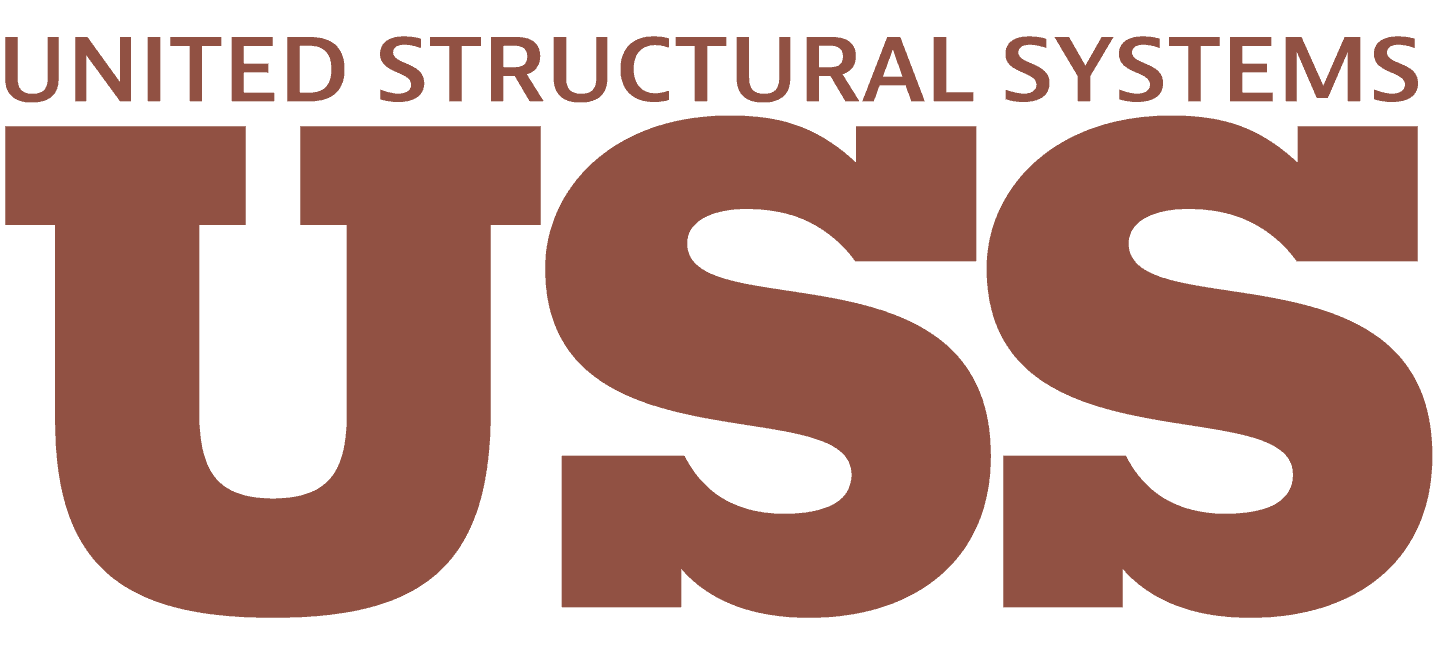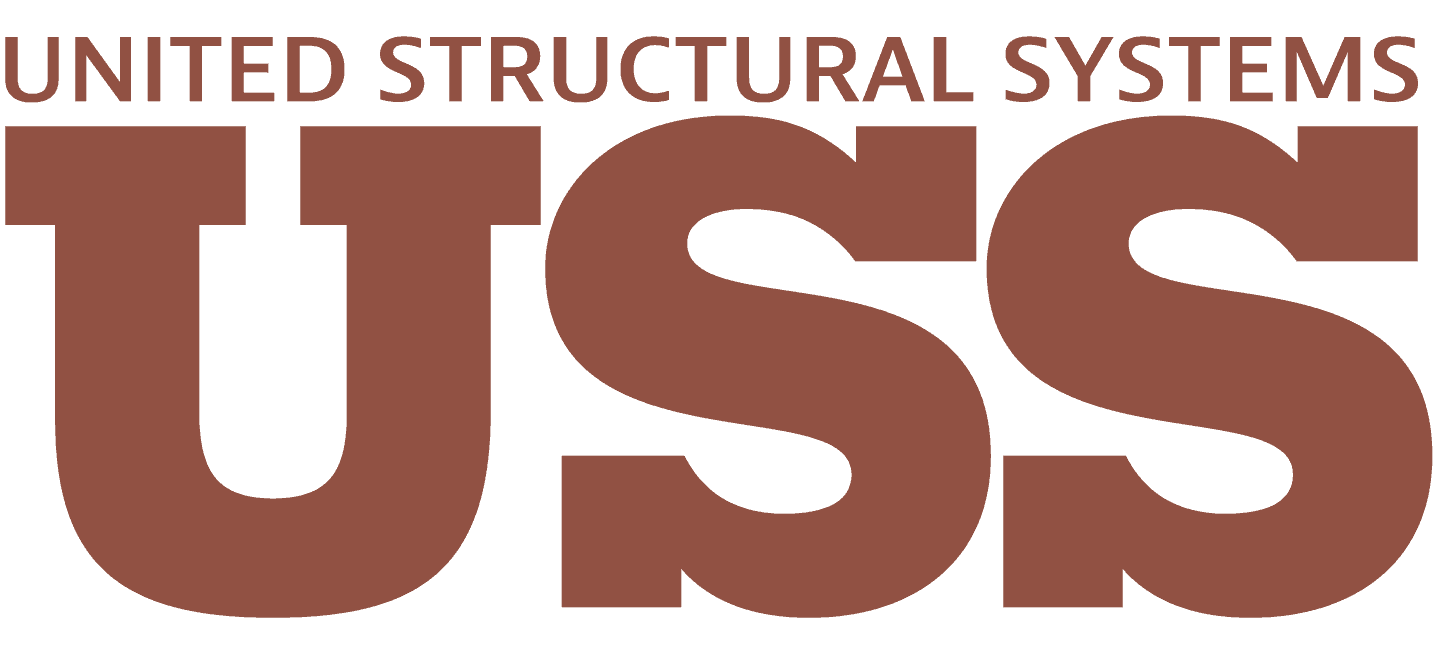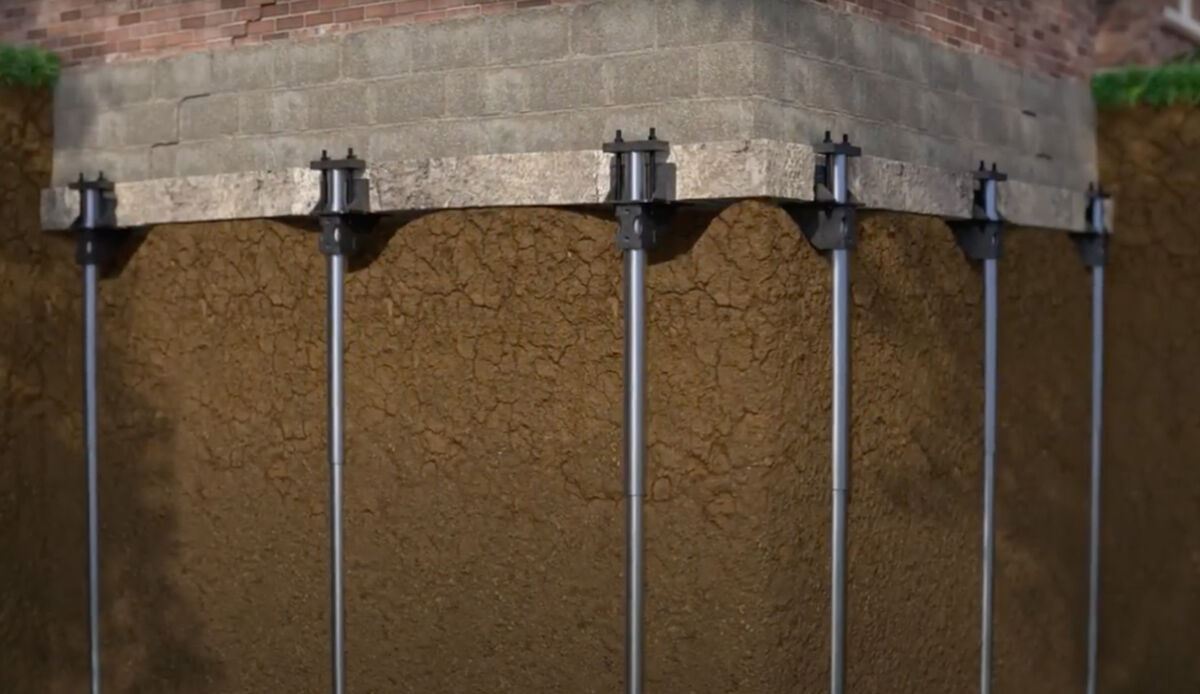Understanding the Impact of Age on Foundations
Older homes have foundations that have endured years of wear and tear, and the effects of time can gradually weaken their structural integrity. The materials used in construction, such as concrete or masonry, may have deteriorated over the years, leading to potential foundation problems. Additionally, older homes may have been built using construction techniques and standards that are no longer in use, making them more susceptible to foundation issues.
Weather conditions also take a toll on the foundation of older homes. Freeze-thaw cycles, common in regions with cold climates, can cause the soil around the foundation to expand and contract, exerting pressure on the foundation walls. Over time, this continuous stress can lead to cracks and structural damage. In warmer climates, prolonged exposure to heat and moisture can cause soil shrinkage, leading to foundation settlement.
According to industry data, approximately 25% of homes in the United States have foundation issues, with older homes being more susceptible to such problems.
Identifying Common Foundation Issues in Older Homes
Identifying common foundation issues in older homes is essential for homeowners to take prompt action and prevent further damage. Cracks in the walls or floors are a prevalent sign of foundation problems in older homes. These cracks can be horizontal, vertical, or diagonal, and their size may vary depending on the severity of the issue. Additionally, settling or sinking foundations may cause floors to become uneven or sag. Windows and doors may also start sticking or become difficult to open and close. Moisture intrusion, evidenced by dampness or musty odors in basements or crawl spaces, is another common issue in older homes.
According to a study by the Foundation Repair Association, foundation settlement is the most common issue found in older homes, affecting around 50% of properties over 50 years old.
Assessing the Challenges of Foundation Repair in Older Homes
Repairing foundations in older homes presents unique challenges compared to newer constructions. The outdated building techniques used in older homes require a thorough understanding and expertise to address the specific challenges they present. In some cases, older homes may lack detailed foundation documentation, making it difficult to assess the exact condition of the foundation. Accessibility can also pose challenges, as older homes often have limited crawl spaces or basements that are difficult to navigate. Furthermore, the presence of historic features and architectural elements adds complexity to the repair process, requiring a delicate balance between restoration and structural stability.
Effective Solutions for Foundation Repair in Older Homes
This section will provide detailed solutions for addressing foundation repair challenges in older homes.
a. Foundation Underpinning Techniques:
Foundation underpinning involves strengthening and stabilizing the foundation by extending its support system. Helical piers and push piers are commonly used in older home foundations. These techniques involve installing steel piers deep into the ground to reach stable soil layers, providing additional support and preventing further settlement.
b. Reinforcement and Stabilization Methods:
Reinforcing and stabilizing foundation walls can be achieved through various methods. Carbon fiber reinforcement and steel braces are effective solutions for preventing further cracking or bowing of the walls. These techniques involve applying strong materials or installing structural elements to fortify the existing foundation walls.
c. Moisture Control and Drainage Improvements:
Addressing moisture issues is crucial for preserving the stability of the foundation in older homes. Implementing proper drainage systems, such as French drains or exterior grading improvements, can redirect water away from the foundation. Additionally, installing or repairing gutters and downspouts ensures proper water management, preventing water from pooling near the foundation.
d. Repairing Settling and Uneven Foundations:
Settling or uneven foundations can be resolved through techniques such as mudjacking or slabjacking. These methods involve injecting a stabilizing material beneath the foundation to lift and level it, correcting any unevenness and restoring stability.
e. Repairing Cracks and Structural Damage:
Addressing cracks and structural damage requires professional evaluation and repair. Epoxy injections are commonly used to seal cracks and prevent water intrusion, while more extensive structural damage may require reinforcement with specialized materials or, in severe cases, partial or full foundation replacement.
Preventive Measures for Maintaining Older Home Foundations
To prevent future foundation issues in older homes, proactive maintenance measures are crucial. Regular inspections by foundation experts can identify early signs of damage, allowing for timely repairs and preventing further issues. Homeowners should alsoimplement preventive measures such as:
- Regularly inspecting and maintaining gutters and downspouts to ensure proper water drainage away from the foundation.
- Monitoring and addressing moisture-related issues, including leaks, dampness, or musty odors in basements or crawl spaces.
- Implementing proper grading around the home to prevent water pooling near the foundation.
- Installing or updating foundation waterproofing systems, such as applying sealants or installing vapor barriers.
- Ensuring proper ventilation in basements and crawl spaces to prevent excess moisture buildup.
- Consulting with professionals for periodic foundation inspections and maintenance plans tailored to the specific needs of older homes.
Conclusion
Repairing foundations in older homes requires a thorough understanding of the challenges specific to these structures. Factors such as the impact of age, weather conditions, and inadequate maintenance can contribute to foundation problems in older homes. By identifying common issues, assessing the challenges faced during repair, and implementing effective solutions, homeowners can ensure the stability and longevity of their cherished older properties. Seeking the expertise of professionals is crucial to address these challenges with precision and preserve the architectural integrity of the home. With proactive repair and preventive measures, older homes can stand strong for generations to come. Contact Chattanooga’s Waterproofing and Foundation Experts today and schedule your free estimate now!
The post appeared first on Basement and Crawl Space Solutions - Chattanooga, Tennessee.


